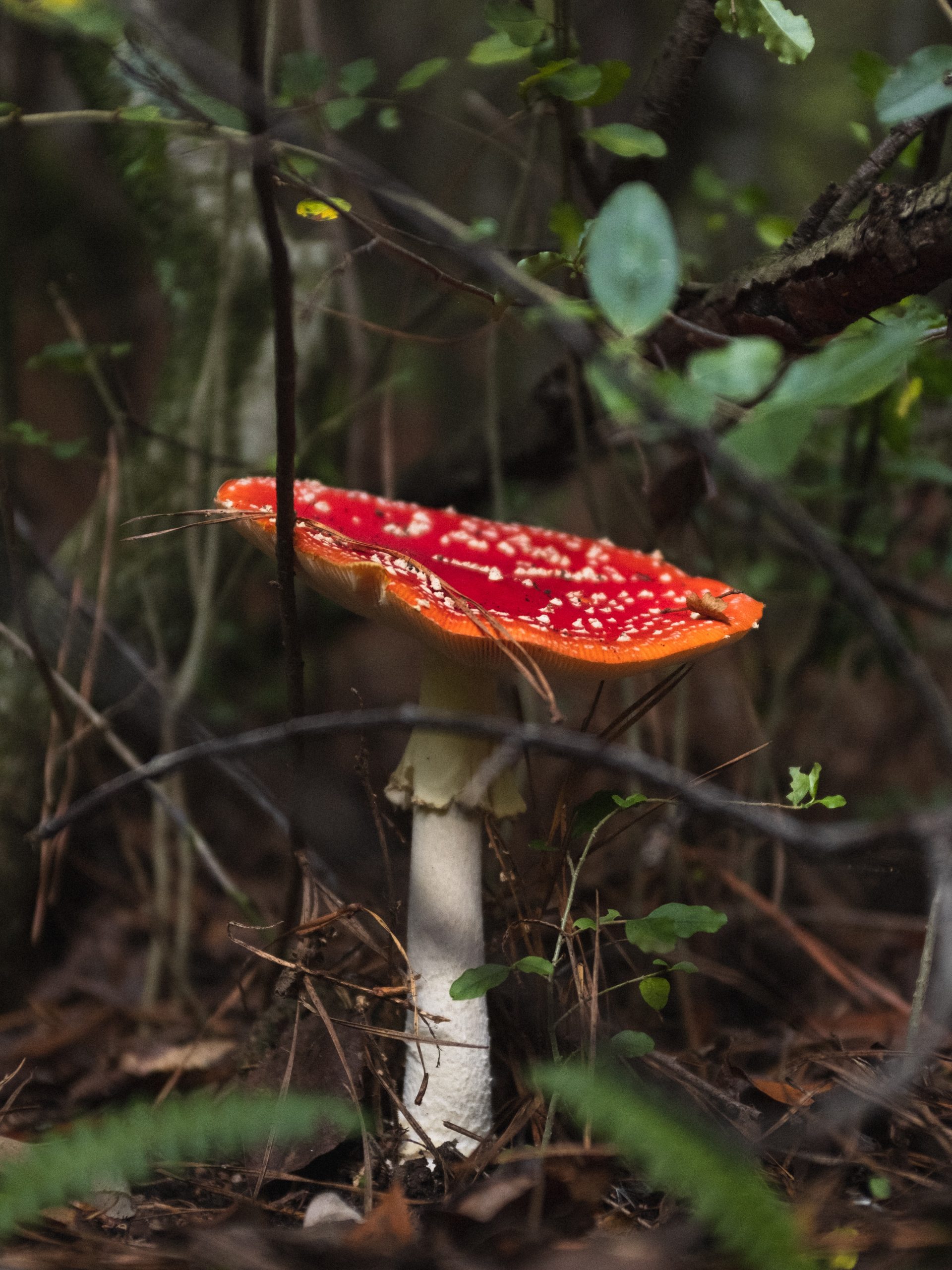Landscaping is not just about creating a beautiful outdoor space. It can also be a way to attract local wildlife to your property. By making smart landscaping choices, you can create a habitat that is inviting to birds, butterflies, bees, and other creatures. Here are some tips to help you attract local wildlife with your landscaping choices.
Choose Native Plants
One of the best ways to attract local wildlife is to choose native plants for your landscaping. Native plants are adapted to the local climate and soil conditions, making them more resilient and better able to support local wildlife. They also provide food and shelter for local birds, butterflies, and other creatures.
When choosing native plants, consider the different types of plants that are native to your area. For example, you might choose flowering plants that attract butterflies or plants that produce berries that birds can eat. You can also choose plants that bloom at different times of the year to provide a continuous source of food for wildlife.
Provide Water
Water is essential for wildlife, and providing a source of water in your landscaping can help attract local creatures. You might consider adding a bird bath, a small pond, or a fountain to your outdoor space. Be sure to keep the water clean and fresh, and provide a shallow area where birds can safely drink and bathe.
Create Habitat
In addition to providing food and water, you can create habitat for local wildlife by adding features like birdhouses, nesting boxes, and brush piles. These features provide shelter and nesting sites for birds and other creatures. You might also consider leaving some areas of your landscaping in a more natural state, with tall grasses or wildflowers that provide cover for wildlife.
Avoid Chemicals
Chemicals like pesticides and herbicides can be harmful to local wildlife, so it’s important to avoid using them in your landscaping. Instead, consider natural pest control methods like companion planting or using beneficial insects to control pests. You can also use organic fertilizers and compost to nourish your plants without harming local wildlife.
Conclusion
By making smart landscaping choices, you can create a habitat that is inviting to local wildlife. Choose native plants, provide water, create habitat, and avoid chemicals to attract birds, butterflies, bees, and other creatures to your outdoor space. With a little effort, you can create a beautiful and wildlife-friendly landscape that you can enjoy for years to come.




